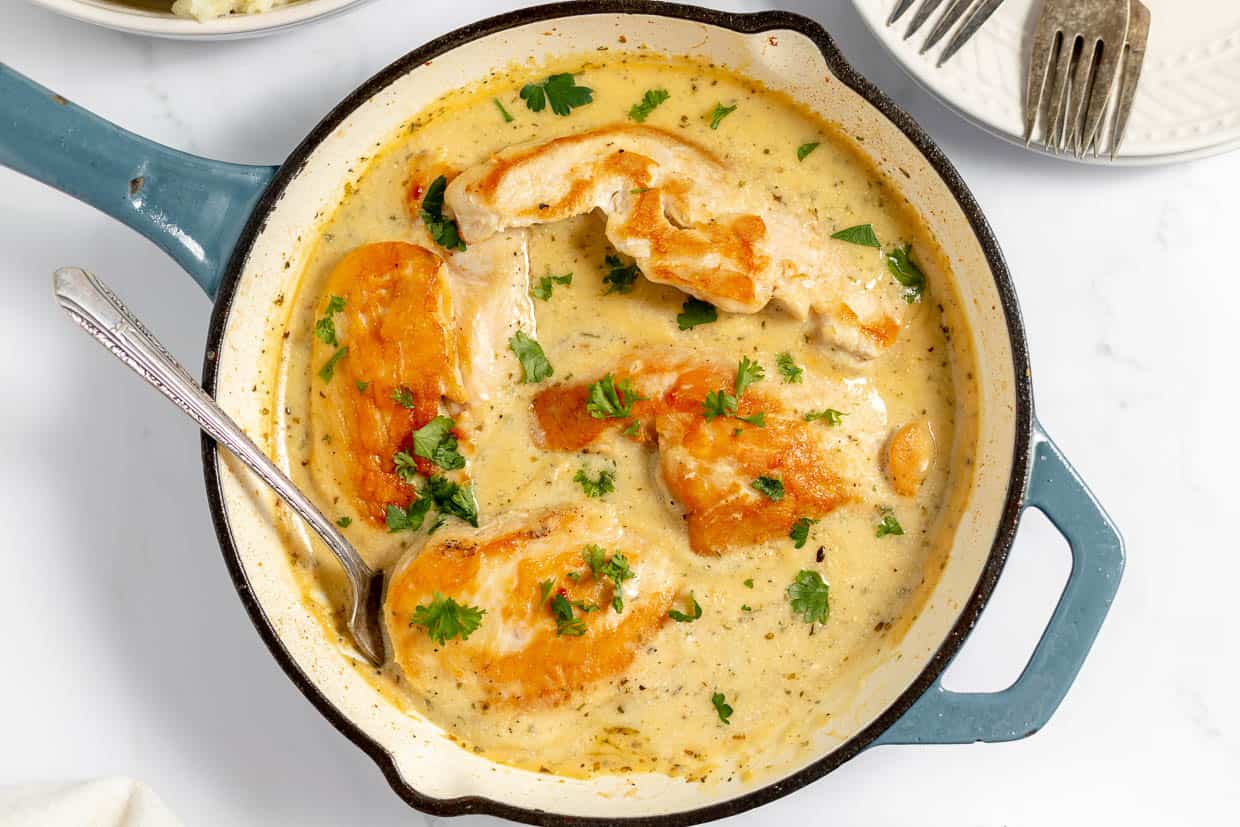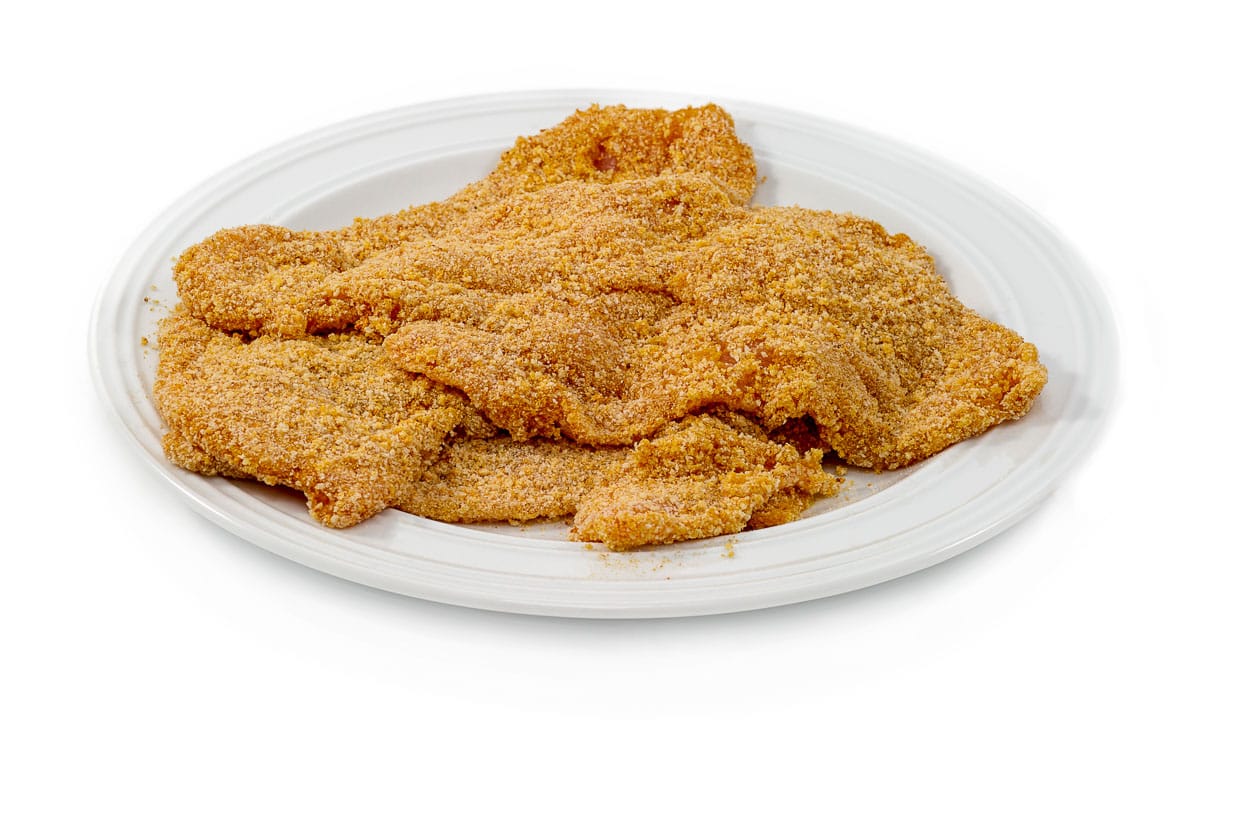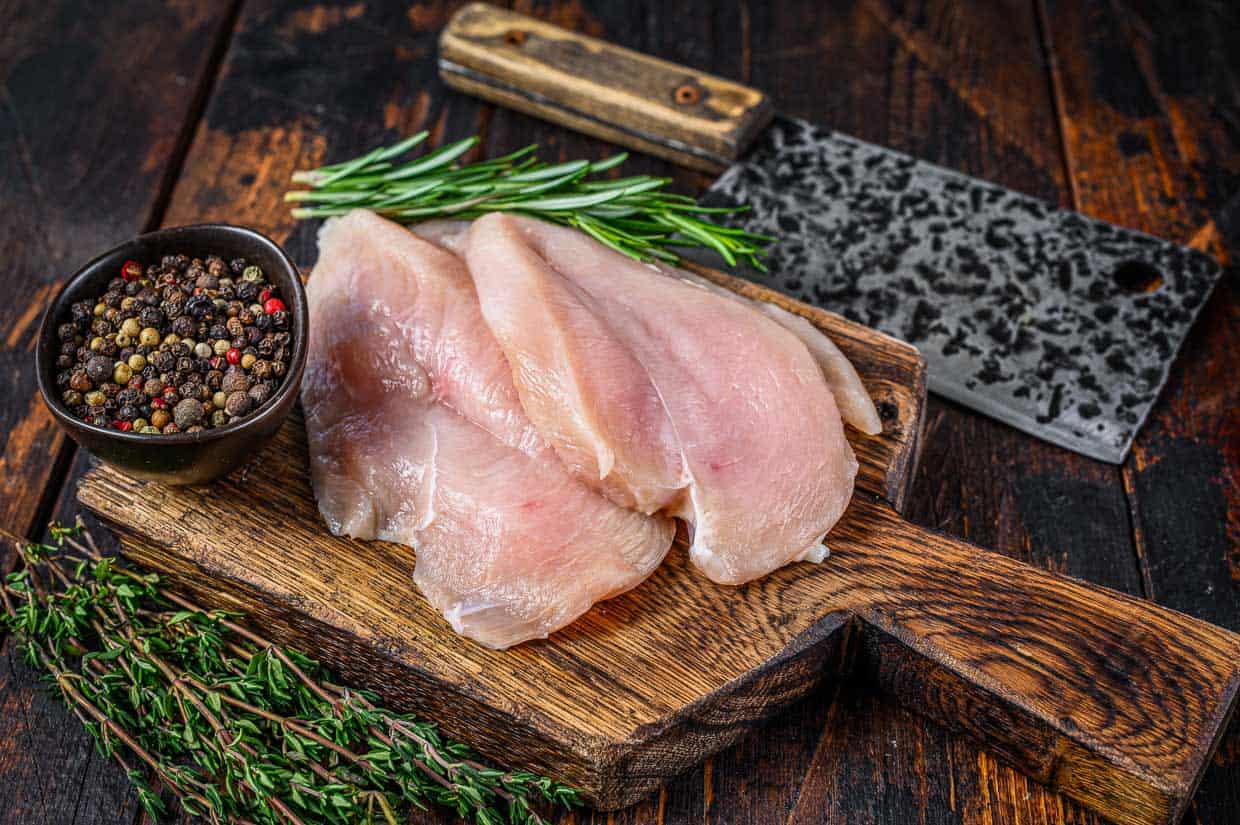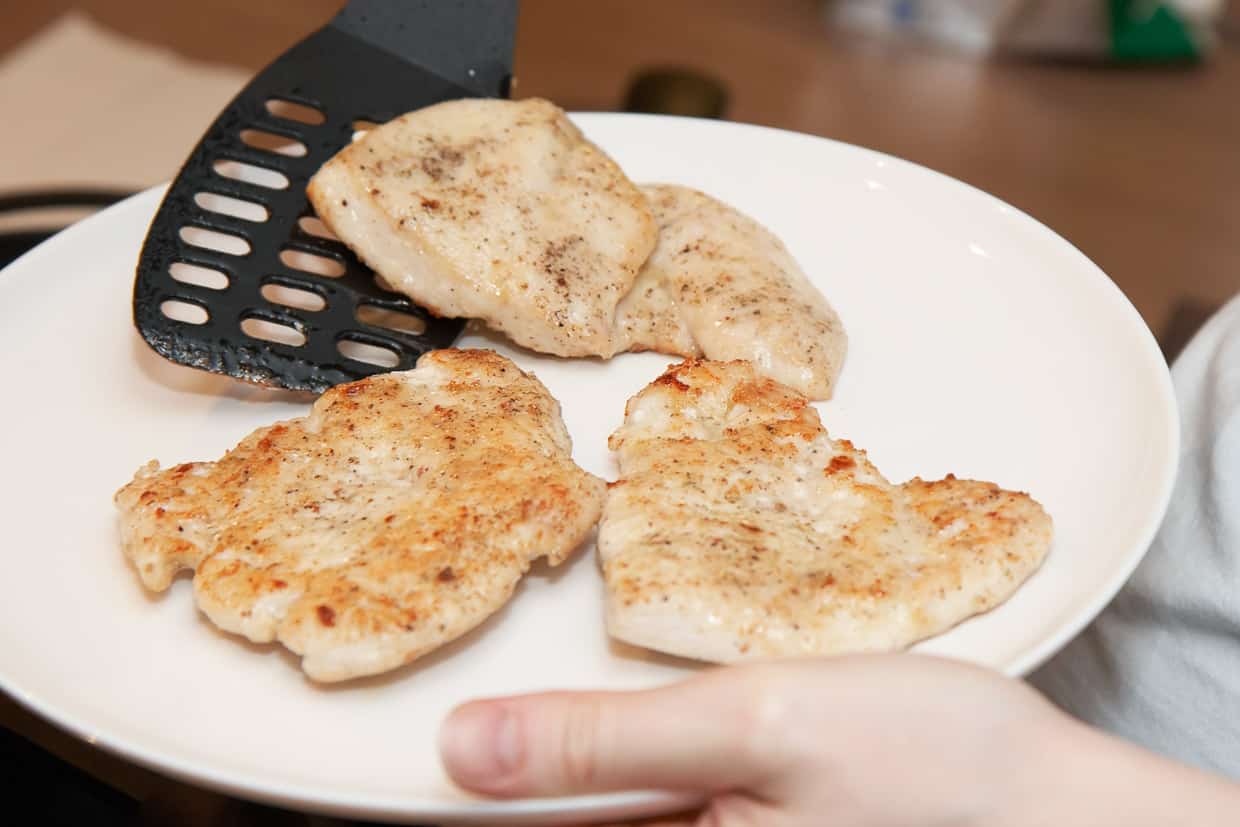Chicken cutlets have secured a prime spot in many culinary repertoires worldwide, and for good reason. They represent a perfect blend of ease, versatility and deliciousness. Whether you’re a home cook, a college student or a seasoned chef, chicken cutlets can simplify your cooking experience while delivering mouthwatering results.
Delve into the world of chicken cutlets, understanding their significance, ease of use and how to prepare them, whether by purchasing or crafting them at home.

Why consumers use chicken cutlets
One of the primary advantages of chicken cutlets is their thinness, which translates into rapid cooking times. This means dinner can be on the table in minutes, making it an excellent choice for those busy weeknights when time is of the essence.
Chicken cutlets can be the foundation of countless dishes. They’re perfect for grilling, pan-frying, baking or even broiling. Cutlets are the way to go whether you’re craving a crispy breaded cutlet, a creamy chicken piccata or a simple grilled chicken salad.
Their uniform thinness ensures that they cook evenly. Say goodbye to the challenging task of ensuring thicker chicken parts are done without drying out the thinner portions.
“I prefer cooking with chicken cutlets because most of my meals are the quick and easy variety. Cutlets cook more quickly and are also easier to cut. They are a no-fail way to get fully cooked, delicious chicken in your recipes.”
— Gena, Ginger Casa

FDL’S 75 Best Bites

Our cookbook with 75 tasty recipes will be your go-to kitchen companion for easy dinners with ad-free recipes right at your fingertips. Crafted by experienced chefs and recipe developers, this collection offers a treasure trove of tried-and-true dishes that make mealtime a breeze.
Get the Recipe: FDL’S 75 Best Bites
Buying vs. making chicken cutlets at home
While many grocery stores offer pre-cut chicken cutlets, there’s also a certain satisfaction in preparing them at home. Both methods have their advantages.
Buying chicken cutlets is convenient. When you don’t have much time, buying them premade is a time-saver. Purchasing them premade not only spares you the effort of making them at home but also saves you valuable cooking time
When a professional makes them, you know they’re more likely to be uniformly cut.
They’re a good item to stock up on if you find them at a great price because you can use them for so many quick-cooking chicken recipes. You can lay them flat to freeze and then vacuum pack them in bags for when you need to save time cooking lunch or dinner.

“I love using chicken cutlets because the thin cut allows the chicken to cook evenly without drying out, which I find can happen with more uneven, thicker cuts like chicken breasts.”
— Gen La Rocca, Two Cloves Kitchen
Making them at home
When you make them at home, they’re typically more cost-effective than buying them. Whole boneless and skinless chicken breasts are cheaper than buying cutlets. Buying bone-in skin on breasts means they’re even more budget-friendly. But you do have to take off the skin and remove the bones. So, it’s a little more work than buying them boneless and skinless.
How to make tenderized chicken cutlets at home
To tenderize chicken at home, you only need a chicken and a few tools.
- Chicken breasts. If you buy them with skin and bones remove that before beginning the process.
- Cutting board.
- Sharp Knife.
- Plastic wrap or a zip-top bag.
- Meat mallet, rolling pin or heavy skillet.
Easy step-by-step directions for tenderizing
- Prep Your Workspace: Lay plastic wrap on a flat surface, like a cutting board. Place the chicken breast on the plastic, then cover it with another piece of plastic wrap. This prevents any juices from splattering and keeps the process hygienic.
- Optional Initial Cut: For particularly thick breasts, you might want to slice them horizontally into two even pieces, but this isn’t necessary if you’re comfortable pounding them to your desired thickness.
- Pound the Chicken: Using your meat mallet, rolling pin, or the flat side of a heavy skillet, gently pound the chicken. Start from the middle and work your way outward. Ensure you pound gently and consistently for even thickness, not tearing the meat.
- Final Touches: Once you’ve achieved your desired thickness,typically around half an inch or less for most recipes, remove the top layer of plastic wrap. Your chicken cutlet is now ready for seasoning or marinating.

Cutting chicken cutlets
If you’re uncomfortable using the tenderize method, you can quickly and easily make them by slicing a boneless, skinless chicken in half. Lay the breast flat on a cutting board, and lay your hand flat on top of it. Using a sharp knife, beginning at the thick end, cut the chicken widthwise to make two wide but flat chicken cutlets. Be sure to have good knife control so you don’t cut yourself.
“Chicken cutlets are always priced higher than other cuts of white meat chicken. When I need cutlets, I simply purchase chicken breasts and clean and slice them into cutlets. It’s so much cheaper to do this, and it only takes a few extra minutes.”
— Michelle Price, Honest and Truly

Understanding the simplicity and rapid cooking time of chicken cutlets empowers you to incorporate them into your culinary repertoire. They’re perfect for quick grilling, quick air frying, meal prepping and so much more. For added inspiration, creating them at home can be both a time-saver and a smart move for your food budget.
Laura Sampson of Little House Big Alaska is on a mission to teach modern family-oriented home cooks how to make old-fashioned foods new again. She shares her passion for home cooking, backyard gardening and homesteading on her website and blog.